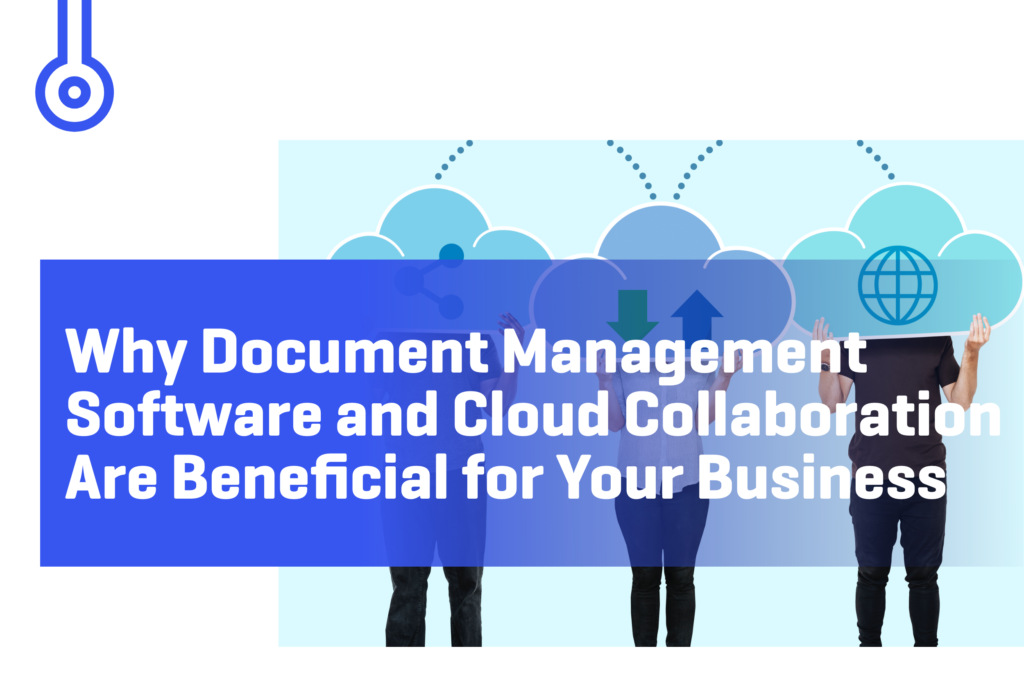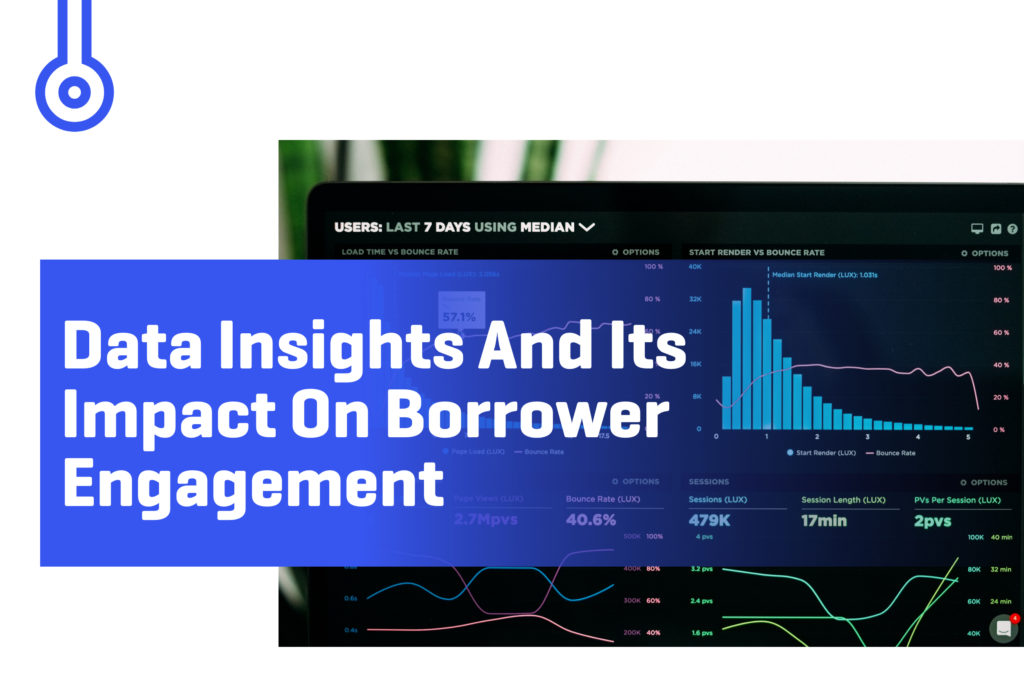Author: AJ Franchi, Chief Operating Officer, Gold Star Mortgage Financial Group
The future is now
2020 was a banner year for most lenders. But where do you go from here? Do you cash out or double down and reinvest? If you think like we do at Gold Star Mortgage, it’s all about planning for the future…today. We’re taking time right now to look toward the next market cycle and make the right investments. This includes implementing and testing the right technology solutions in preparation for the next wave of growth and the cyclical market slowdown. Understanding and using your data offers an important advantage that can help better position your organization to compete now and in the future.
Measuring the ROI of your data investment
ROI is important to Gold Star, but it’s not the only thing we use to measure success. I try not to get stuck on ROI because it can be hard to measure for certain projects, especially when data and business intelligence are involved. It all comes back to the data for us because that’s how we spot deficiencies or gaps in our organization and develop our priorities. Every business decision we make—from pricing and product to recruitment and expansion—is all based on hard data. For example, I can contribute underwriting improvements back to our data investment because we use APIs to grab, process, and analyze data points that identify what needs to change or be improved. That’s big ROI because underwriting, and underwriters, are very expensive.
Starting your data journey
The Gold Star data journey did not begin and end overnight. We spent a great deal of time understanding how to collect and use our data, and what it all meant. To start, we focused on the data we already had available, leveraged it to make better decisions, and built from there. When starting your journey, first get executive buy-in, and then identify what you should be measuring, what’s important to you, and what’s important to your different business units. People are naturally skeptical, and you’ll need to be prepared to defend your reports using the underlying data.
Phases of the data journey
Most organizations begin their data journey in the descriptive phase and try to understand what happened in the past. As your data becomes more consistent and integrated, you’ll begin to have better insights into the reasons behind the results and move into the diagnostic phase. Next, the predictive stage is all about using your matured understanding of data and analytics to forecast results and perform focused analysis. Finally, the true ROI comes in the prescriptive phase, where you’re able to recognize issues and opportunities far enough in advance to take corrective action.
Defining your data
Data definitions and governance must be established very early in the process, especially if you’re trying to bring various systems together. Raw data numbers are just inputs…the real value is seeing the trends. And, you won’t be able to identify trends if you’re constantly changing how you measure things. Proper data definitions ensure proper measurements. If you’re just starting your data journey, I recommend asking yourself “What stories do I want to tell?” or “What do I need to understand?” Then work backward. The mortgage industry is always changing (hello new URLA), and the better prepared you are—the better you understand your unique story and needs—the better you can deal with challenges and prepare for the future.









